Film Showings
- Please click on each film poster for more information
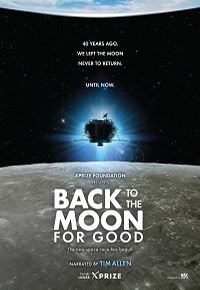

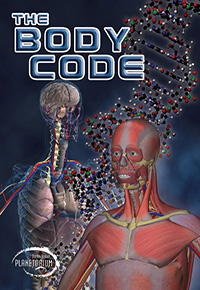
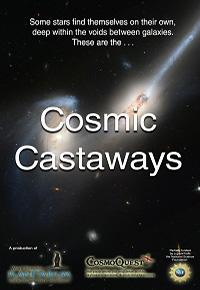
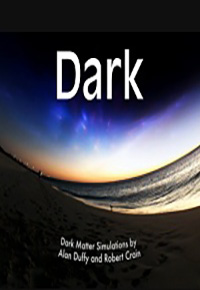
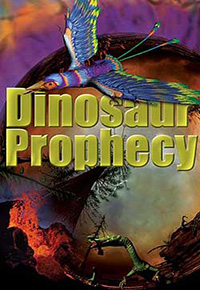
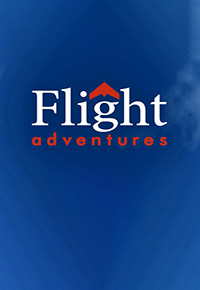
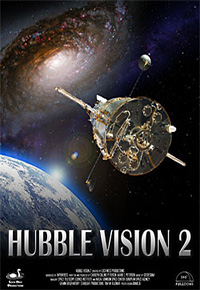
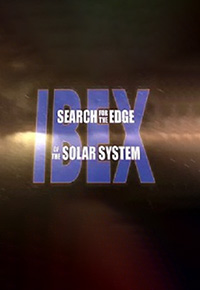
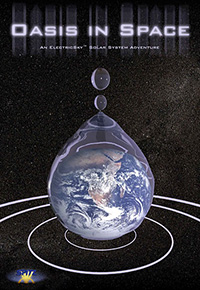
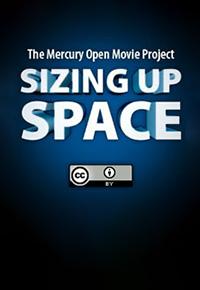

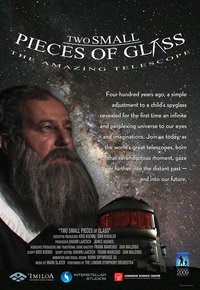
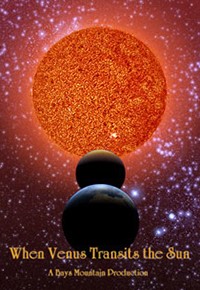

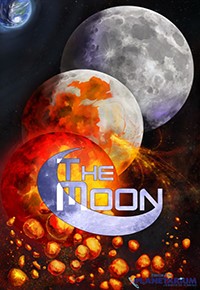
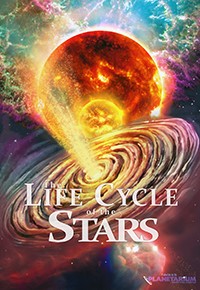
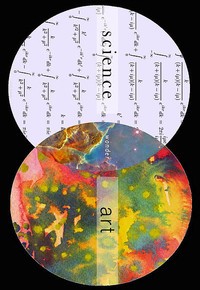
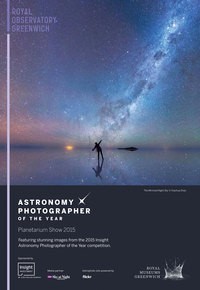
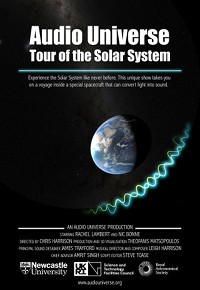
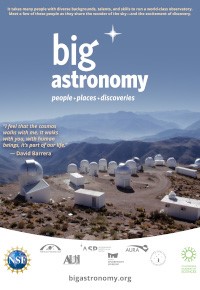
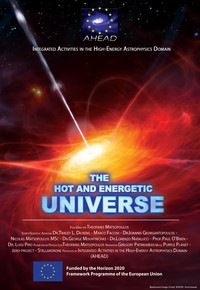
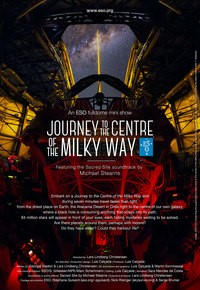
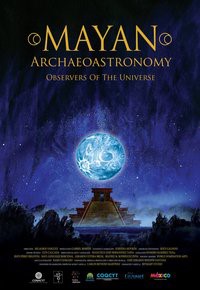

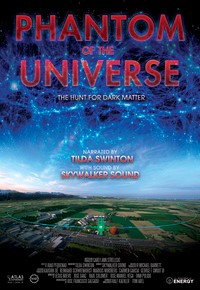
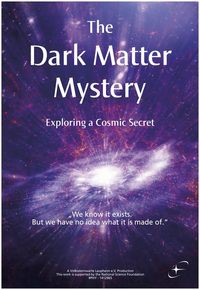
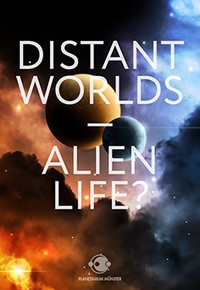
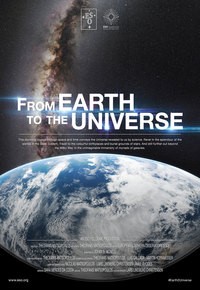
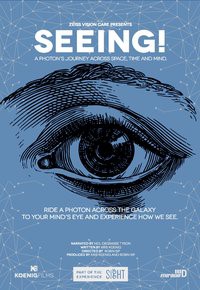
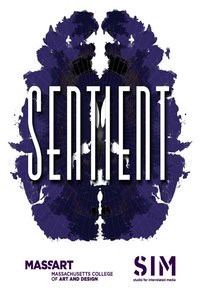

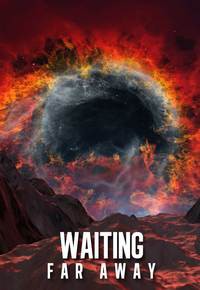
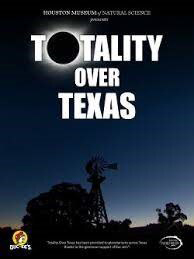

Back to The Moon for Good
Immerse yourself in a race to return to the Moon 40 years after the historic Apollo landings. See how a competition among privately funded international teams is ushering in a new era of lunar exploration. Learn about the Moon’s resources and discover what humanity’s future on the Moon might hold. Narrated by Tim Allen, Back To The Moon For Good presents the Google Lunar XPRIZE, and the personal stories of competition and collaboration it inspires.

Black Holes: The Other Side of Infinity (Available in Spanish / Disponible en Español)
Narrated by Academy-Award nominated actor Liam Neeson, this cutting-edge production features high-resolution visualizations of cosmic phenomena, working with data generated by computer simulations, to bring the current science of black holes to the dome screen. Audiences will be dazzled with striking, immersive animations of the formation of the early universe, star birth and death, the collision of giant galaxies, and a simulated flight to a super-massive black hole lurking at the center of our own Milky Way Galaxy.

Body Code
Fly through the carotid artery; explore the eye, brain, ear, and heart. Then, shrink into a cell to see its nucleus and DNA within. Discover how DNA programs the body s cells to form the circulatory and nervous systems. Then watch from inside as we use lasers to fight disease at the cellular level.

Cosmic Castaways
There are places where the night sky has no constellations. No Orion, no Big Dipper, nothing but a few lonely, far away stars and a few faint, ghostly patches of light. Most stars lie within the crowded boundaries of galaxies, travelling with their brothers and sisters in a vast galactic family. But some find themselves on their own, deep within voids between the galaxies. These are the cosmic castaways. This show is an original production of the Ward Beecher Planetarium and is based on the research of YSU’s resident astrophysicists Dr. John Feldmeier and Dr. Patrick Durrell.

Dark The Movie
Dark is a full dome movie that explains and explores the nature of dark matter, the missing 80% of the mass of the Universe. The search for dark matter is the most pressing astrophysical problem of our time – the solution to which will help us understand why the Universe is as it is, where it came from, and how it has evolved over billions of years – the unimaginable depths of deep time, of which a human life is but a flickering instant. But in that instant, we can grasp its immensity and, through science, we can attempt to understand it.

Dinosaur Prophecy
Long before dinosaurs' massive extinction 65 million years ago, many individual species simply disappeared. Visit dinosaur graveyards, study their bones, and reconstruct how these creatures lived and died to solve four famous cold cases from the age of the dinosaurs in The Dinosaur Prophecy. Viewers discover the lives of multiple species of dinosaurs, from the Coelophysis of 205 million years ago to the Allosaurus and Diplodocus of the mid-Jurassic period. Viewers will also see the feathered Sinornithosaurus of China and the T.Rex and Triceratops that survived and thrived until the final extinction of all dinosaurs 65 million years ago.

Flight Adventures
Dreams of flying, model aircraft and a young girl and her grandfather come together in this multi-media planetarium show about the science of aeronautics. Learn about famous inventors and aviators of the past and the pioneers who first revealed the 4 forces of flight. See images of aircraft past, present and future and imagine where flight might take us.

Hubble Vision 2
HUBBLE Vision 2 is a fascinating tour of the cosmos from Earth orbit. Since its launch in 1990, the Hubble Space Telescope has provided incredible images in unprecedented detail to astronomers and made an astonishing array of discoveries — from nearby objects in the solar system to the most distant galaxies at limits of the observable universe.

IBEX: Search for The Edge of The Solar System
IBEX: Search for the Edge of the Solar System follows the creation of NASA's Interstellar Boundary Explorer (IBEX). Audiences will get an in-depth look at the mission and how IBEX is collecting high-speed atoms to create a map of our Solar System's boundary. Narrated by two inquisitive teenagers, audiences will hear from the scientists and engineers that developed the IBEX mission and created the spacecraft, and get the latest updates on the mission's discoveries.

Oasis in Space
One of Spitz's most popular and widely distributed fulldome shows, Oasis In Space transports the audience on a startling and beautiful voyage through our universe, galaxy and solar system in search of liquid water - a key ingredient for life on Earth. With a proven, audience-tested story, a 95% viewer approval rating, and an original surround-format musical score, Oasis In Space will delight viewers of all ages. Spitz Inc. offers a teaching guide for use with this fulldome show which states that while most of the activities are correlated to the National Science Education Standards for grades 5-8, you'll find activities appropriate for elementary and senior grades as well.

Sizing Up Space
Sizing Up Space explores the scale of the universe. The show was created by participants of the Blender Production Workshop at the 2009 Mediaglobe Users Group Conference. Most of the participants were modeling and animating with Blender for the very first time.

Sky Quest
Sky Quest is an exploration of the stars, planets, and constellations told from the viewpoint of an astronomer. Share her lifelong fascination with the heavens — from her childhood adventures on Mars (via a cardboard rocket) — to the discovery of her 'birthday star' that led her to become an astronomer and build her own mountain-top observatory. Our astronomer shares her telescope views of solar system objects and talks about manned landings on the Moon, future missions to Mars, Hubble Space Telescope studies of Jupiter, and the glorious rings of Saturn. Along the way she points out her favorite stars, and explains how she learned to find the constellations with simple star-hopping techniques.

Two Small Pieces of Glass
While attending a local star party, two teenage students learn how the telescope has helped us understand our place in space and how telescopes continue to expand our understanding of the Universe. Their conversation with a local female astronomer enlightens them on the history of the telescope and the discoveries these wonderful tools have made. While looking through the astronomer's telescope, the students, along with the planetarium audience, explore the Galilean Moons, Saturn's rings, and spiral structure of galaxies. During their conversation with the astronomer, they also learn about the discoveries of Galileo, Huygens, Newton, Hubble and many others.

When Venus Transits the Sun
This colorful, 27 minute program looks at what a transit is, highlights the 1769 transit with the adventurous expedition by Captain Cook, explores the main characters of the event (Venus and the sun), what to expect for the 2012 transit, how to view the transit safely, and more. Written with a great mix of educational fun and adventure, this program will be perfect for school groups and the public.

Sunstruck
Discover the wonders of our sun. It's incredible energy has supported life on earth for millennia, but is now threatening our technology and way of life. Travel to the distant future to discover our sun’s connection to the universe’s cosmic cycle of life and death.

The Moon
Come learn about Earth's nearest neighbor, The Moon, in this in-house full dome film. The film discusses moon phases, and explores the various moon theories and myths that civilizations developed over the years.

The Life Cycle of The Stars
The Life Cyle of the Stars full dome film discusses the evolution of a star journey from its start to end.

Art Science Wonder
(No Narration, Only Images)

Astronomy Photographer of The Year
(No Narration, Only Images)
The Insight Astronomy Photographer of the Year competition is hosted by the Royal Observatory Greenwich, attracting entries from the best astrophotographers in the world. 2015 was the seventh year of the competition, receiving more than 2700 images from 59 different countries. Each year, the planetarium team create a short show featuring shortlisted and winning images from the competition (as well as some of our favorites!) and distribute it, for free, to interested planetaria around the world. It can be used narration-free (although optional narration tracks are available), allowing presenters to use the content as they see fit. There is also a lovely full-color content guide from Collins.

Audio Universe Tour of The Solar System
The audience of this 35 minute show are transported inside a special spacecraft that takes them to the European Southern Observatory’s Very Large Telescope (VLT) to view the stars in the night sky, before lifting them off into space to visit the Earth, Moon, Sun and all the planets of the Solar System. Unlike traditional planetarium shows the soundtrack takes the lead role. Each of the objects in space is represented with sounds as well as being presented with the 4K resolution visuals, The audience listens to the stars appear and hear the planets orbit around their heads. This means that this show is an immersive experience that can be enjoyed irrespective of the level of vision.

Big Astronomy
In Big Astronomy: People, Places, Discoveries, journey to three world-class observatories in Chile’s rugged Andes Mountains and arid Atacama Desert— remote, extreme regions that happen to have the perfect conditions for astronomical research. Along the way, you’ll meet an inspiring cast of astronomers, engineers, technicians, and support staff who keep these mega-machines running. Big Astronomy is a multifaceted research and outreach project supported by several partners and funded by the National Science Foundation. It also hosts live educational events online and offers a variety of hands-on activities now adapted for remote learning. Discover the show, engage in ongoing conversations with observatory staff, explore educational activities, and more at bigastronomy.org.

The Hot and Energetic Universe
The planetarium documentary The Hot and Energetic Universe presents with the use of immersive visualizations and real images the achievements of the modern astronomy, the most advanced terrestrial and orbital observatories, the basic principles electromagnetic radiation and the natural phenomena related to the High Energy Astrophysics. High Energy Astrophysics plays a key role in understanding the universe. These radiations reveal the processes in the hot and violent Universe. This science also probes hot gas in clusters of galaxies, which are the most massive objects in the Universe. It also probes hot gas accreting around supermassive black holes in the centers of galaxies. Finally, high energy radiation provides important information about our own Galaxy, neutron stars, supernova remnants and stars like our Sun which emit copious amounts of high energy radiation. Europe plays a leading role in high energy astrophysics research. The XMM-Newton and the Integral missions, are leading the exploration of the X-ray and gamma-ray Universe. ESA‘s mission ATHENA, to be launched in 2028, will carry the most sensitive X-ray telescope ever and It will be the flagship of all high X-ray missions.

Journey to The Centre of The Milky Way
What lies at the heart of our galaxy? For twenty years, ESO’s Very Large Telescope and the Keck telescopes have observed the center of the galaxy, looking at the motion of more than a hundred stars and identifying the position of an otherwise invisible object — the supermassive black hole at the center of our galaxy. Embark on a Journey to the Centre of the Milky Way and during seven minutes travel faster than light, from the driest place on Earth, the Atacama Desert in Chile right to the center of our own galaxy, where a black hole is consuming anything that strays into its path. 84 million stars will appear in front of your eyes, each hiding mysteries waiting to be solved. Are there planets around them, perhaps with moons? Do they have water? Could they harbor life?

Mayan Archaeoastronomy
A unique planetarium show intertwining science and mythology, transporting the viewer on a poetic journey describing the way the Maya viewed and understood the Universe. The feast of colors and sounds makes for an artistic interpretation of the Universe that will not easily be forgotten. Stunning 360° visuals create the impression of being inside a beautiful stylised painting. The film includes a tour of six Maya temples at San Gervasio, Chichen Itzá, Uxmal, Edzná, Palenque and Bonampak. The importance of the orientation of the temples in relation to the movements of the Sun, Moon and Venus is vividly depicted.

Out There - Quest for Extrasolar Worlds
For thousands of years, mankind thought that the Earth was the center of the Universe. Thanks to our curiosity, imagination and urge to explore, we now know that planets like our Earth are nothing special in the cosmos. The Sun is just one ordinary star among hundreds of billions in our galaxy, the Milky Way. With the world’s most powerful telescopes, we are able to explore more and more of the Universe. What we have found so far has surpassed even the wildest expectations of scientists as well as authors of science fiction. Most stars have planets — it turns out they are more common than we thought. A huge diversity of different worlds is out there, just waiting to be discovered.

Phantom of The Universe - The Hunt for Dark Matter
“Phantom of the Universe” is a new planetarium show that showcases an exciting exploration of dark matter, from the Big Bang to its anticipated discovery at the Large Hadron Collider. The show is offered to planetariums worldwide free of charge. It is currently in 600 planetariums in 67 countries (and 42 American states) and is available in 22 languages. The show reveals the first hints of its existence through the eyes of Fritz Zwicky, the scientist who coined the term “dark matter.” It describes the astral choreography witnessed by Vera Rubin in the Andromeda galaxy and then plummets deep underground to see the most sensitive dark matter detector on Earth, housed in a former gold mine. From there, it journeys across space and time to the Large Hadron Collider at CERN, speeding alongside particles before they collide in visually stunning explosions of light and sound, while learning how scientists around the world are collaborating to track down the constituents of dark matter.

The Dark Matter Mystery
What keeps Galaxies together? What are the building blocks of the Universe? What makes the Universe look the way it looks today? Researchers all around the world try to answer these questions. We know today that approximately a quarter of the Universe is filled with a mysterious glue: Dark Matter. We know that it is out there. But we have no idea what it is made out of. This fulldome planetarium show takes you on the biggest quest of contemporary astrophysics. You will see why we know that Dark Matter exists, and how this search is one of the most challenging and exciting searches science has to offer. Join the scientists on their hunt for Dark Matter with experiments in space and deep underground. Will they be able to solve the Dark Matter Mystery?

Distant Worlds - Alien Life?
“Distant Worlds — Alien Life?” is a beautiful planetarium film exploring one of the most enduring questions of humankind — are we alone? For millennia our ancestors watched the stars, questioning the origin and nature of what they saw. Still today we ask these questions, knowing that the Universe is a vast place filled with billions and billions of stars and planets — but yet, Earth is the only planet we know for sure to be inhabited.

From Earth to The Universe
The night sky, both beautiful and mysterious, has been the subject of campfire stories, ancient myths and awe for as long as there have been people. A desire to comprehend the Universe may well be humanity’s oldest shared intellectual experience. Yet only recently have we truly begun to grasp our place in the vast cosmos. To learn about this journey of celestial discovery, from the theories of the ancient Greek astronomers to today’s grandest telescopes, we invite you to experience From Earth to the Universe. This stunning, 30-minute voyage through space and time conveys, through sparkling sights and sounds, the Universe revealed to us by science. Viewers can revel in the splendor of the worlds in the Solar System and our scorching Sun. From Earth to the Universe takes the audience out to the colorful birthplaces and burial grounds of stars, and still further out beyond the Milky Way to the unimaginable immensity of myriad galaxies. Along the way, the audience will learn about the history of astronomy, the invention of the telescope, and today’s giant telescopes that allow us to probe ever deeper into the Universe.

SEEING!
Follow the journey of a single photon as it is produced in a distant star, before travelling across the vast expanse of space to land on someone's retina. This fulldome planetarium show explores some of the fascinating processes of the cosmos, from astrophysics to the biology of the eye and brain. Funded through a generous grant from ZEISS, the show is narrated by astronomer and science communicator, Neil deGrasse Tyson.

SENTIENT
During the 2013 Spring semester at the Massachusetts College of Art and Design, students explored the topic of consciousness. In less than 5 months these students collaborated on all aspects of storytelling, concept development, sound design, and fulldome production to create an immersive experience which explores the creative, perceptive, and unexplored mind.

The Unknown Between
During the 2015 Spring semester at the Massachusetts College of Art and Design, students explored the topic of hypnagogia. In less than 5 months these students collaborated on all aspects of storytelling, concept development, surround sound design, and 4k fulldome production to create an immersive experience which explores the moment between wakefulness and sleep.

Waiting Far Away
An explorer of the cosmos has traveled too far… And can’t find home. Follow in the footsteps of a cosmic traveler as he shares a wild story. Find out what grand mysteries he has uncovered while journeying deep into intergalactic space, searching… In the creative process of producing planetarium shows, we often come across imagery that is stunning but doesn’t work in the context of a science show. And so our collection of fulldome astronomy art animations has matured into a hybrid form of storytelling where we mix imagination with real data.

Totality! Totality Over Texas
Total solar eclipses are a rare and beautiful phenomena, and in this new planetarium show, you will learn how eclipses happen, how to safely view one, and where these two eclipses take place. Texas is the nexus for the annular eclipse of 2023 and the total solar eclipse of 2024.
